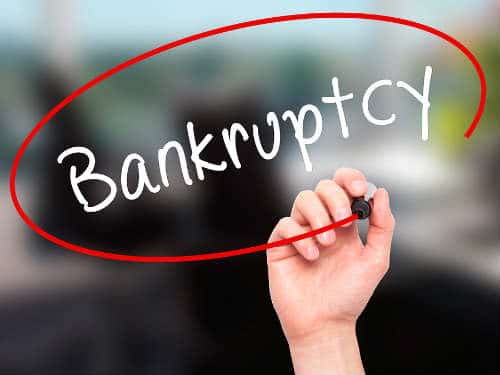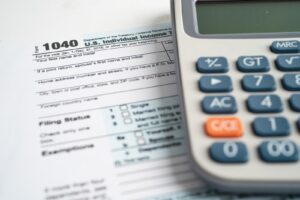Unlike Chapter 7, which can completely wipe out unsecured personal debts such as credit card bills and medical debt, Chapter 13 is a way to re-organize your finances and pay off some or all of your debts over a period of 3 to 5 years.
Chapter 13 is also known as a wage earner’s plan, because individuals in this form of bankruptcy must have a regular income and provide a plan to the court showing that the person can repay all of part of his/her debts.
According to a bankruptcy attorney, to do a Chapter 13 filing, the courts require that a debtor first gather a slew of information, including creditors’ names, addresses, and the amount of debt owed to each.
A person filing bankruptcy must also put together a variety of “schedules,” namely, an income and expense schedule, a schedule outlining his or her assets and liabilities, and a schedule showing unexpired leases and executory contracts (i.e. those where a borrower has a material unperformed obligation).
Lastly, the debtor must provide the Bankruptcy Trustee with a statement about the individual’s financial affairs. Taken together, these documents will give the Chapter 13 Trustee a sense of one’s overall financial picture.
With a Chapter 13 filing, The court issues an “automatic stay” protecting a bankruptcy filer from further actions by creditors. This means creditors can’t initiate or continue any collection activity against you, including foreclosure, lawsuits, repossession, wage garnishments, or even just harassing phone calls. Therefore, a Chapter 13 filing can also be used to keep certain assets, such as a home or car.
Also, under Chapter 13, when there are co-signers on debts such as a mortgage, both people on the loan do not have to actually file for bankruptcy in order to reap the legal and financial protections afforded by bankruptcy.
This is good news for co-signers of debts because, with a Chapter 13 petition, the filing also provides a “co-debtor stay,” which means that creditors can’t try to collect a consumer debt from another individual who is also liable with the debtor for the debt.
Reader Question
I owe $1400.00 to the IRS and am making payments. My 2010 tax return is expected to be $1800.00. I understand that taxes owed can be paid in Chapter 13 but if the tax return comes after the Chapter 13 is confirmed will they take just the $1400.00 owed or my whole return?
The IRS may take your refund to satisfy your debt to them first. This called an “offset”. If your refund goes instead to your Chapter 13 trustee, you will lose flexibility.
The trustee may or may not release a portion or all of the refund, once your case is assessed. If there is no IRS debt plan included in your active Chapter 13 bankruptcy case, you stand a chance of receiving part or all of the refund from the trustee – but the specifics of your situation will have some influence on the decision.
Be sure to seek your attorney’s advice before you take any action.
John Engerman is a CPA based in the Washington D.C Metro area. he is the founder of aRI Financial Solutions, LLC








